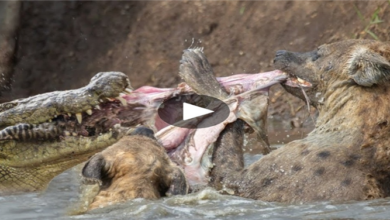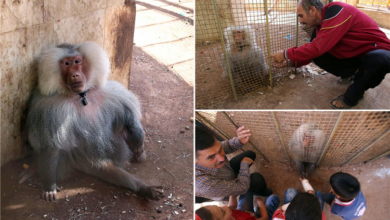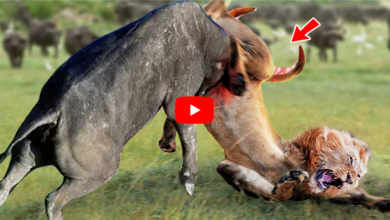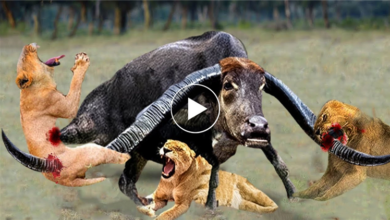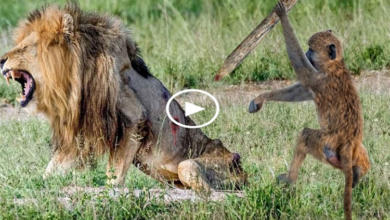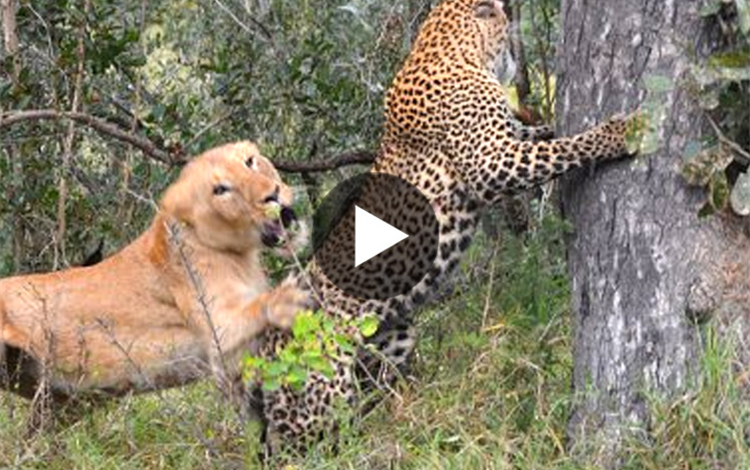
In the wild, things sometimes don’t end when the hunter kills his prey. That’s because besides the life-and-death battle between the hunter and the prey, there is also an equally fierce challenge, the battle between the hunters.
The clip shared by the Maasai Sightings channel shows the harshness of nature, when the cheetah has just defeated and eaten its prey, immediately becoming the target of a lion’s hunt.
Perhaps, the leopard seems to have been too absorbed in the feat, making it subjective and caught off guard from its surroundings.
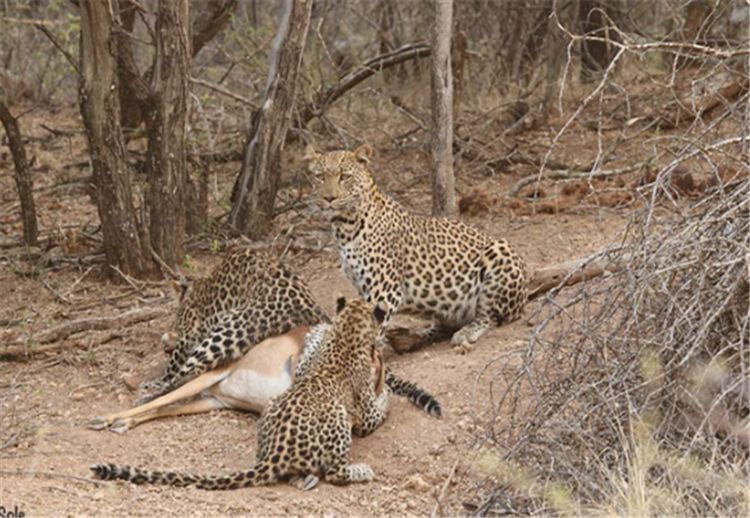
This gives the lion a “golden” chance to attack. It sneaked around to the back, before charging at full speed.
Despite possessing very sharp senses, it was not until the lion narrowed at a very close distance that the leopard was startled to realize the appearance of the enemy.
Instantly, it dodged deadly bites, and narrowly escaped thanks to its agility.
Witnessing the leopard’s escape, the lion also did not seem to mind, because its original goal was probably to steal the meal rather than kill the animal.
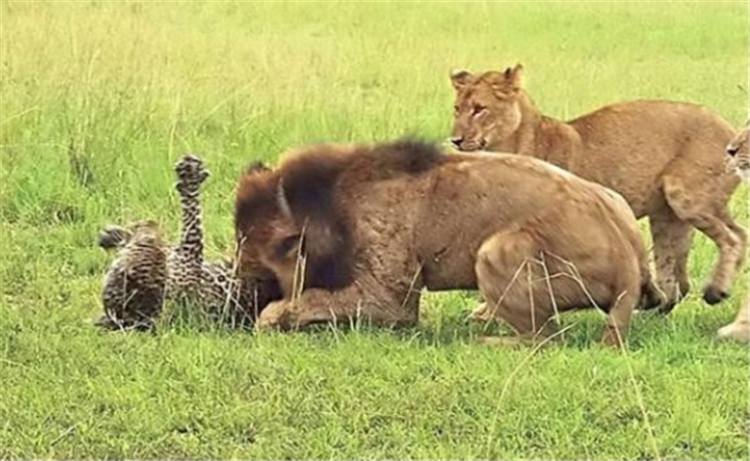
Lions are known as super predators and top carnivores in the savanna thanks to their abundant prey populations, as well as the perfect combination of speed and strength.
Besides organizing their own hunt, lions also often rob prey, or kill other predators such as leopards, cheetahs, spotted hyenas… to regain dominance.
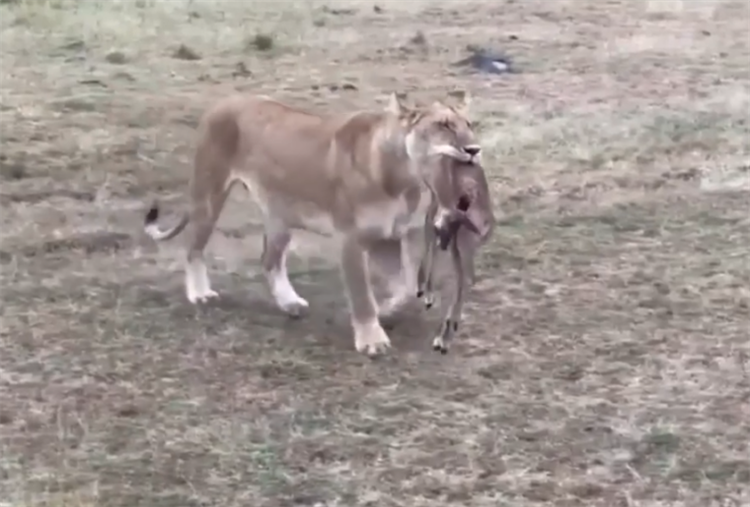
In fact, a statistic in the Masai Mara National Reserve (South Africa) shows that lions even take more prey than hyenas. That’s because a lion’s size and strength can completely overwhelm smaller felines like leopards and cheetahs where they coexist.
Lions are also willing to eat carrion when given the opportunity. Many eyewitnesses have seen them eat the carcasses of animals that have died of natural causes such as disease or killed by other predators.
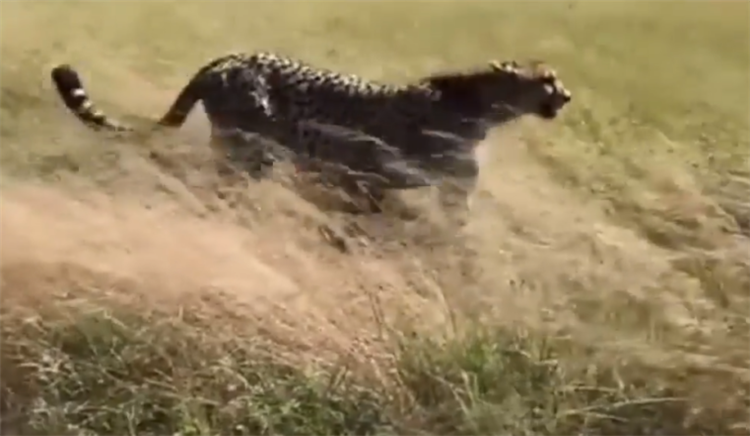
Although considered the most successful hunter on the savannah, numbers are still declining rapidly at a rate of about 30-50% every 20 years since the end of the 20th century. They are even listed as species. Endangered in the IUCN Red List.
The main causes of the decline include disease, climate change leading to habitat loss, scarcity of prey, changes in water availability and human intervention. Of these, habitat loss and conflict with humans are considered the most significant threats to this big cat.

